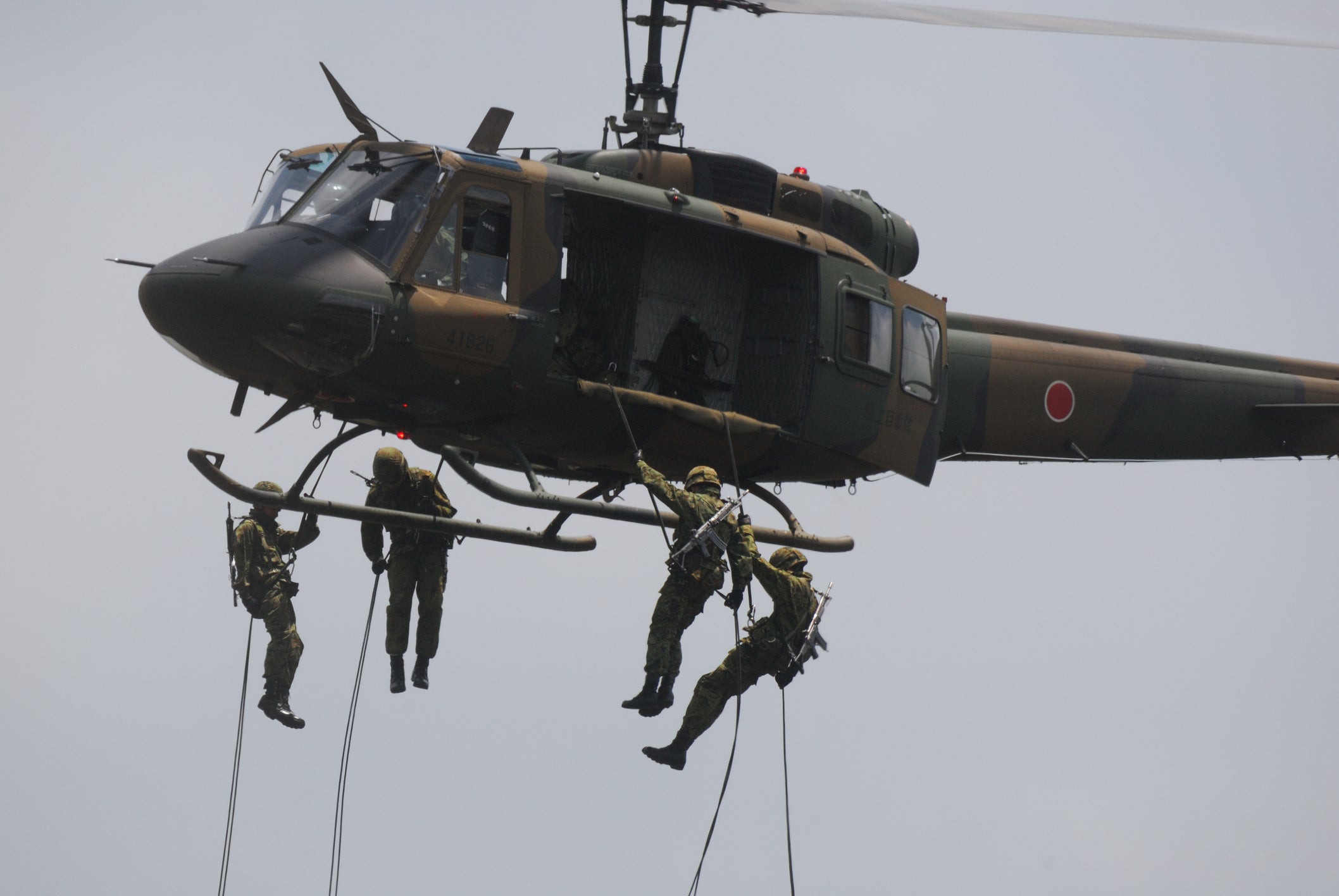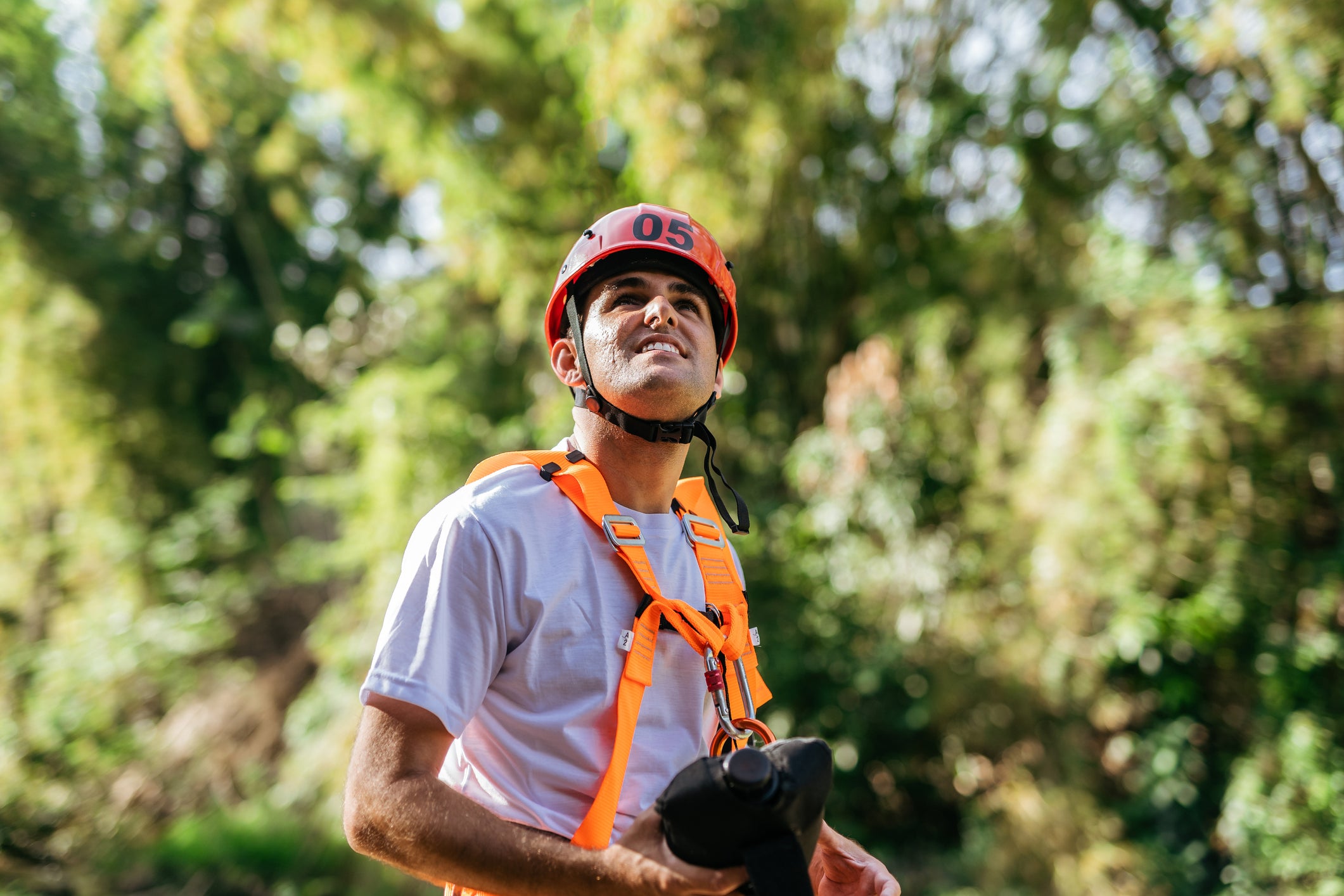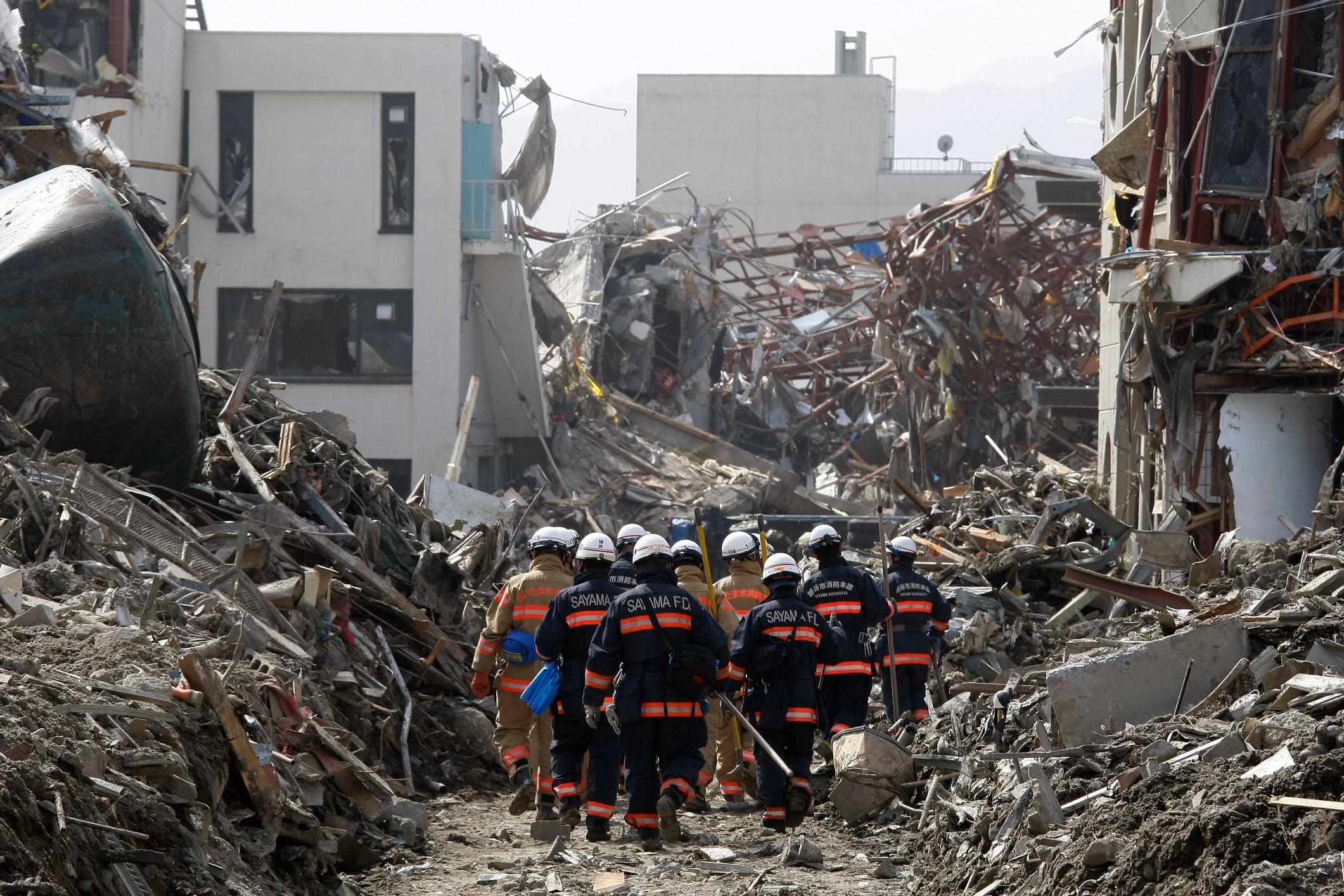Earthquake Safe Action Manual: Important Steps to Save Lives
table of contents
1. If you are near the epicenter
2. When you are indoors
3. If you are driving outdoors
4. Actions after an earthquake
5. Securing means of communication
summary
Introduction
An earthquake is a natural disaster that occurs suddenly and causes a lot of destruction and danger in that moment. In the event of an earthquake, it is important to act quickly and accurately. This article details important steps to ensure safety and save lives during an earthquake. It is important to fully understand the action manual in case of an earthquake and to keep it in mind at all times.
1. If you are near the epicenter
1-1 Act calmly
When an earthquake starts, keep calm. Be careful not to panic and move around in a fuss.
1-2 Go outside
It is important to get out of the building quickly. The outside is safer inside the building because there are dangers such as collapsing window glass and furniture.
1-3 Move to an open area
After exiting the building, move to an open area as much as possible. Stay away from things that may collapse, such as buildings, tall structures, utility poles, and billboards.
1-4 Stay away from utility poles, trees, etc.
In the vicinity of the epicenter, tall objects such as telephone poles and trees may topple over. Move away from these dangerous areas and move to safer areas.
1-5 Ensuring safety on the road
If you are on the road around the epicenter, get out of your car or bike and move to a pedestrian walkway or other safe area.
Stand away from building walls and windows to protect yourself from falling object hazards.
1-6 Beware of Falling from Cliffs and Slopes
When an earthquake occurs, there is a danger that the cliffs and slopes will collapse due to the shaking of the ground. If you are near a cliff or slope, move to a safer location.
1-7 Take countermeasures against earthquake earthquakes
In preparation for an earthquake, it is also important to take measures against earthquakes. Tsunagi Earthquake countermeasures are to reinforce houses and buildings so that they do not collapse or collapse when an earthquake occurs. Consult with an expert and take appropriate measures against earthquake earthquakes.
2. When you are indoors
2-1 Act calmly and calmly
When an earthquake starts, stay calm and act calmly. It is important to keep calm and not panic.
2-2 Hide under a desk to protect your head
Quickly crawl under sturdy furniture to protect your head. A place where you can protect your head, such as under a desk or table, is suitable.
By protecting your head with both hands and crouching while diving, you can reduce direct hits to your head.
2-3 Stay away from walls and windows
Indoors, an earthquake can break walls and windows, releasing dangerous debris. So stay away from walls and windows and move to a safer place.
2-4 Stay away from furniture and home appliances
Furniture and home appliances may topple or collapse due to the shaking of an earthquake. Keep a safe distance and stay away from these objects.
2-5 Use the stairs instead of using the elevator
Elevators may stop or you may be trapped in an earthquake, so use the stairs to move to a safe place. However, let's move while paying attention to shaking even on stairs.
2-6 Precautions when moving around the room
Be careful when moving, as there is a risk of tipping or falling. Lean against a wall or take a steady step.
If you are near a door, wait for the shaking to stop before opening the door. If there is shaking at the moment you open the door, the door may swing open and you may fall over.
2-7 Be careful even after the earthquake is over
Even after the earthquake is over, there is a possibility of aftershocks, so be careful. Even after the shaking subsides, be aware of dangerous situations in the building and surroundings and act accordingly.
3. If you are driving outdoors
3-1 Park the car in a safe place
When an earthquake starts, park your car in the safest place possible. Stay away from areas where there is a danger of falling objects, such as buildings, elevated roads, and utility poles.
If it is difficult to stop on the road, priority is given to moving to a safe place as soon as possible.
3-2 Stay away from buildings and tall objects
After getting out of the car, stay away from buildings and tall objects. Keeping a safe distance is important, as earthquake shaking can cause falling objects.
3-3 Watch out for depressions and craters on the road surface
Earthquakes can cause depressions and craters on road surfaces. When driving a car, pay attention to road conditions and move to a safe place.
3-4 Responses on expressways
If an earthquake occurs on a highway, slow down and stop in a safe place as soon as possible. Be cautious about colliding with other vehicles, such as sudden lane changes and sudden braking.
3-5 Precautions when leaving the vehicle
When going out of the vehicle, act carefully while checking the dangers around the vehicle. Be careful of falling objects, collapsing objects, and cracks in the ground, and choose a safe route when moving.
3-6 Be cautious even after the earthquake is over
Even after the earthquake subsides, there is a possibility of aftershocks, so be careful. After the tremors subside, check the safety of roads and bridges before proceeding.
4. Actions after an earthquake
4-1 Confirm safety
Check yourself and your passengers for injuries and safety. If necessary, we will provide first aid, and if it is necessary to contact an ambulance or rescue team, we will promptly notify you.
4-2 Confirm the safety of the building
If you are in a building, check the condition of surrounding hazards and structures. If there are collapsed walls, ceilings, broken glass, etc., move away or evacuate to a safe place.
4-3 Confirmation and Suspension of Electricity/Gas/Water Supply
Discontinue use of electricity, gas, and water supplies, as they may be experiencing problems due to the earthquake. Check for hazards such as gas leaks or disconnections, and contact an expert if necessary.
4-4 Move to evacuation site
If the building is in a dangerous state or aftershocks are possible, move to a safe evacuation area. Evacuation sites will move to designated areas according to the local evacuation plan and local instructions.
4-5 Collecting information and confirming instructions
Get the latest information such as earthquake information and evacuation orders by using communication means such as mobile phones and radios. We will follow instructions from local governments and related organizations and take appropriate actions.
4-6 Cooperation with people around you
We may work with neighbors and passers-by to ask for any assistance or help you may need. Reach out to help those who need it most, such as the elderly and those who are physically vulnerable.
4-7 Utilization of earthquake disaster countermeasure kit
The earthquake kit includes essential items such as emergency food, drinking water, cold weather gear, and a flashlight. Use necessary supplies and utilize self-preparedness.
5. Securing means of communication
5-1 Mobile phone
Mobile phones are an important means of communication during disasters. It is desirable to charge the battery as much as possible and prepare a backup power supply such as a spare battery or a mobile charger.
If the network is congested, it is effective to use a simpler communication method than data communication, such as short message service ( SMS ) or email.
5-2 Radio
In times of disaster, radio can be a valuable source of information. You can receive the latest information such as disaster information and evacuation advisories by preparing AM/FM radio and disaster prevention radio.
Emergency radios may also have the ability to be charged with a crank or a solar panel.
5-3 Internet access point
In the event of a disaster, you can receive information using an Internet access point. Look for places where wireless LAN is available, such as public places, evacuation centers, and facilities provided by local governments.
5-4 Handy Talk (transceiver)
Handytalk is a wireless device used for short-range communication. In the event of a disaster, it is useful as a means of communication over short distances. Use it to keep in touch with your family and neighbors.
5-5 SNS and internet-based messaging apps
Internet-based messaging apps and social networking services ( SNS ) can be used to keep in touch with family and friends in times of disaster.
Facebook , LINE , etc. can be used as long as there is an Internet connection, so they are useful for sharing important information and confirming safety.
summary
Charge your mobile phone and prepare a spare battery or mobile charger.
Have a radio ready to receive the latest information such as disaster information and evacuation advisories.
Search for locations where Internet access points are available and collect information.
Secure short-range communication using handheld talks and radios.
Use social media and internet-based messaging apps to stay in touch with family and friends.
Evacuation site information
Collect information on evacuation sites and evacuation routes according to local evacuation plans and instructions from local governments. This allows you to obtain evacuation instructions and information about your surroundings and take appropriate action.
Securing emergency contacts
In the event of a disaster, it is important to have a list of emergency contacts in advance. Keep a record of important contact information, including contact information for family members, relatives, friends, neighbors, local government and relief organizations.
Use of disaster prevention apps
Smartphones have disaster prevention apps that provide earthquake information, evacuation maps, emergency contacts, and more. Install these apps in advance so that you can access useful information in the event of a disaster.
Selecting network communication
In the event of a disaster, appropriately select available network communications such as Wi-Fi and mobile data communications. If the communication situation is congested, it is effective to switch to sending and receiving SMS or email, which is simpler than data communication.
Information sharing with others
In the event of a disaster, it is important to share information with people around you and support each other. We will work with our neighbors and local communities to provide information and support through our means of communication.
By using these methods, you can secure a means of communication in the event of a disaster, share important information, and confirm safety. Prioritize preparation and calm judgment, and make appropriate use of secure communication methods to ensure your own safety and the safety of those around you.








